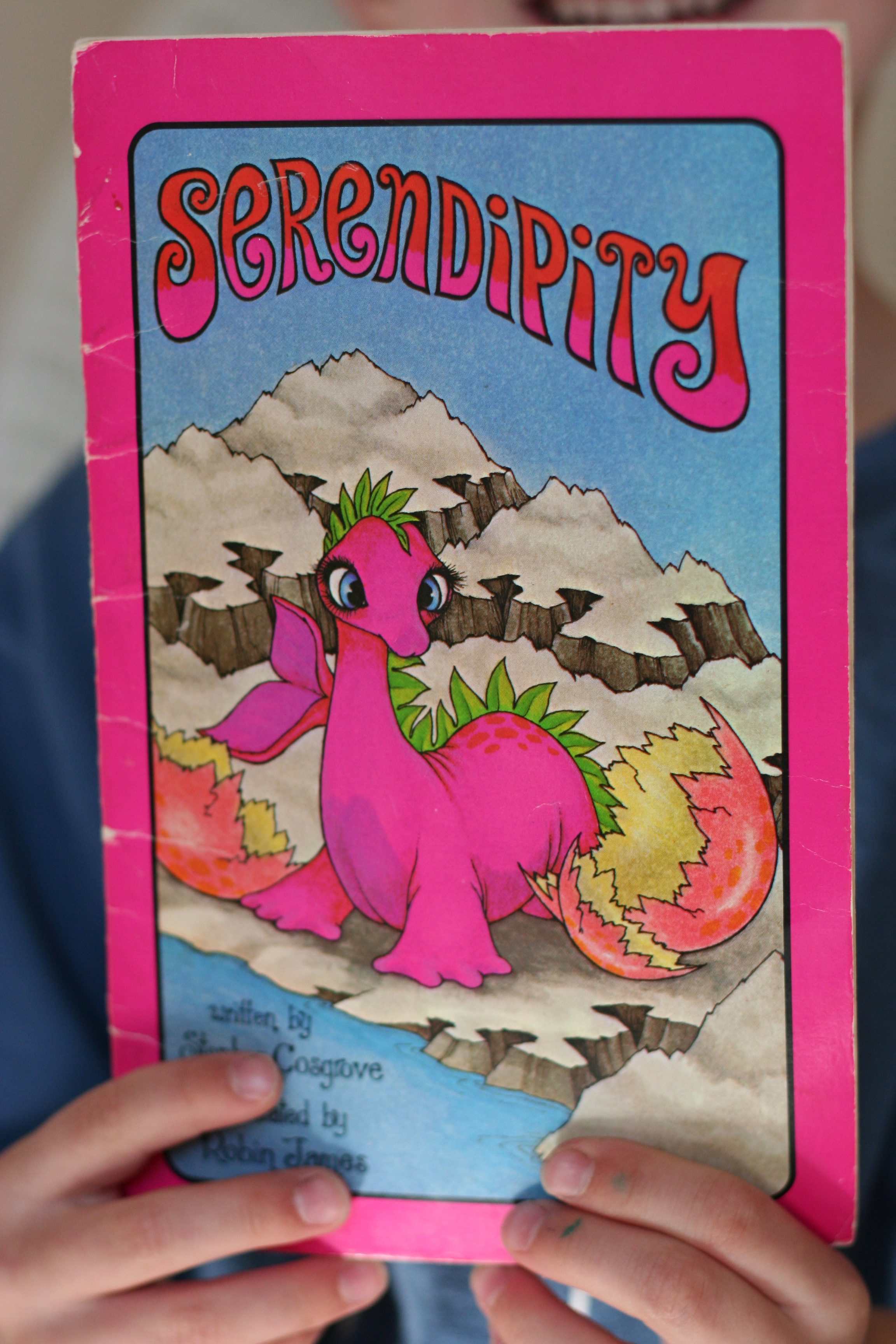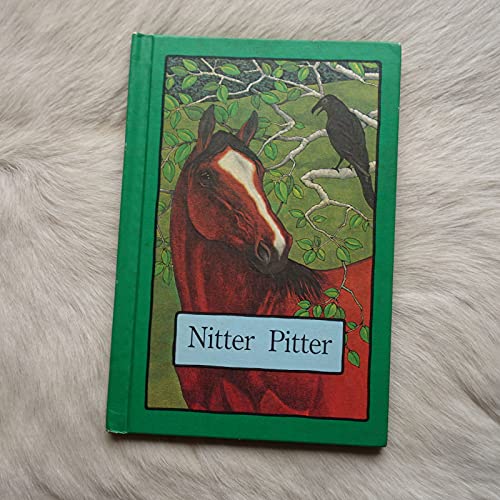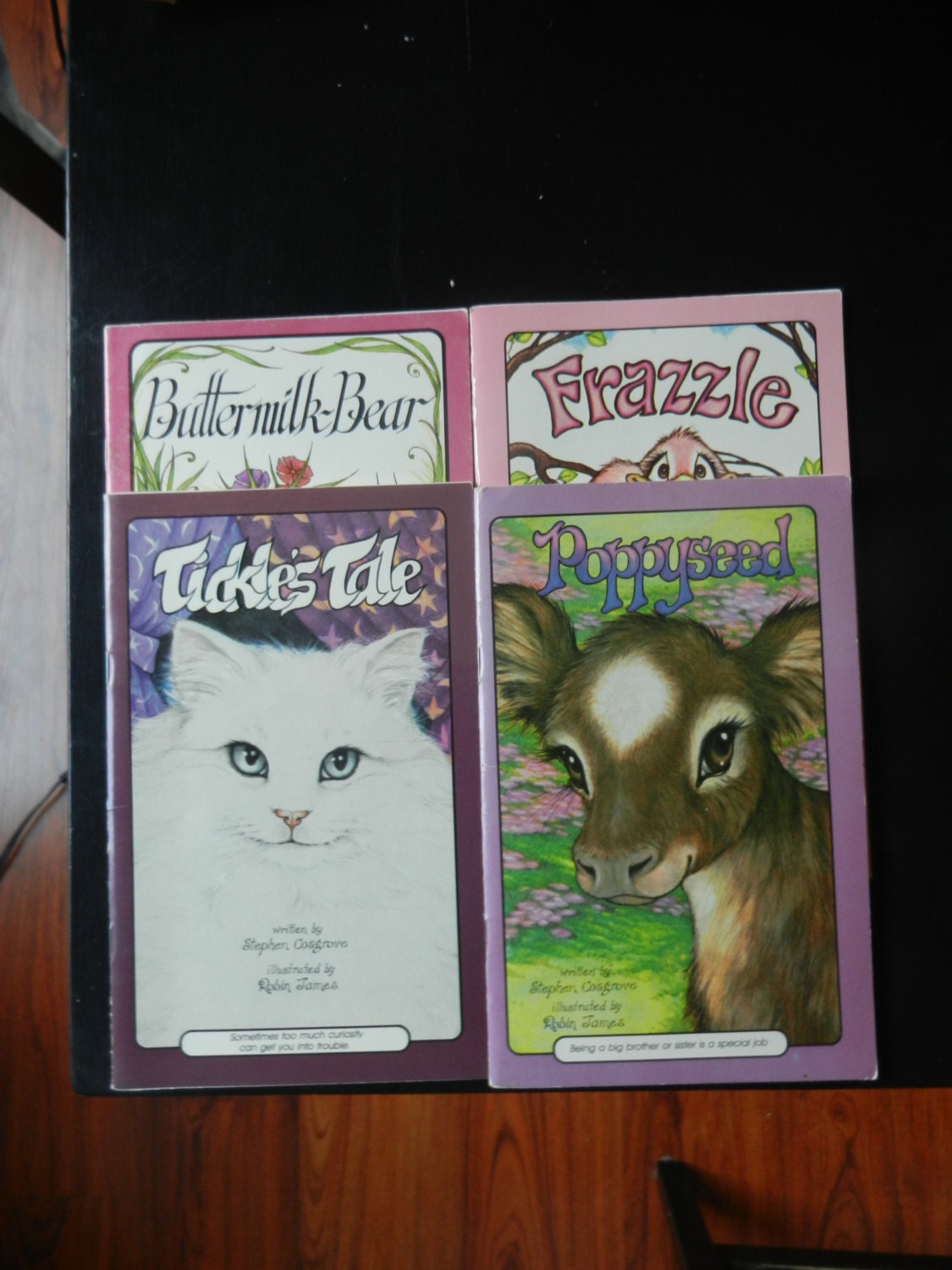

He may not have gained immortality either, as the poem at the end states that he would “live, maybe die, as a unicorn”. However, as a condition of being healed, he has to leave his family and friends forever and move to a “land of dreams and make-believe”. Bittersweet Ending: Morgan Morning ends with the colt Morgan being saved from death by being turned into a unicorn.

Be Yourself: Several stories have some variation on this lesson Leo the Lop plays it completely straight, teaching the reader that “normal is whatever you are”.He would have died there, but before that could happen, he was healed by the Morning Star, on condition that he become a unicorn and go to “a land of dreams and make-believe”. In Morgan Morning, he is shown to have been born an ordinary horse, but while still a colt, he ran off after a group of raccoons, fell into a river and injured his leg while going down a waterfall. Ascend to a Higher Plane of Existence: The backstory of Morgan, the unicorn.Creatures of the author’s own invention, as well as humans, are drawn more cartoonishly, though never in a Disneyfied way. Art Shift: Animal characters tend to be drawn realistically, or at least in a way that works with the real animal’s anatomy.Seagulls, even Irish ones, are not green. There are certain moths that remain in a caterpillar-like form their entire lives-the bagworms- but they look nothing like Patti and her mother. This is impossible as only adult butterflies can lay eggs. Artistic License – Biology: Patti Caterpillar’s mother is a caterpillar herself.One edition has the stated lesson written right on the cover. An Aesop: Every book in the series has one.All Girls Like Ponies: The princess in the Land of Later, who sees Morgan the unicorn.This book series contains examples of the following tropes:

Note that Cosgrove has made revisions to the books, so some of the tropes below may not apply as described to every edition. The plots range from the whimsical to very serious. Many of these lessons are uncontroversial, but a few may be the source of some YMMV. Each story attempts to teach a specific moral, which is (usually) presented gently. Most of the stories’ main characters are ordinary animals or else mythical creatures, some generic and others of the author’s invention. Serendipity Books are currently in print and remain popular. It has remained popular and though titles lapsed and went out of print, continuing demand led to the author having their publication revived.

In 1978, Cosgrove sold Serendipity Books to the publisher Price/Stern/Sloan and continued to write new books for the series. The first four titles were published by the author in 1974 the series is named after the title character of one of them. A popular series of over 70 children’s books, all written by Stephen Cosgrove and attractively illustrated by Robin James.


 0 kommentar(er)
0 kommentar(er)
